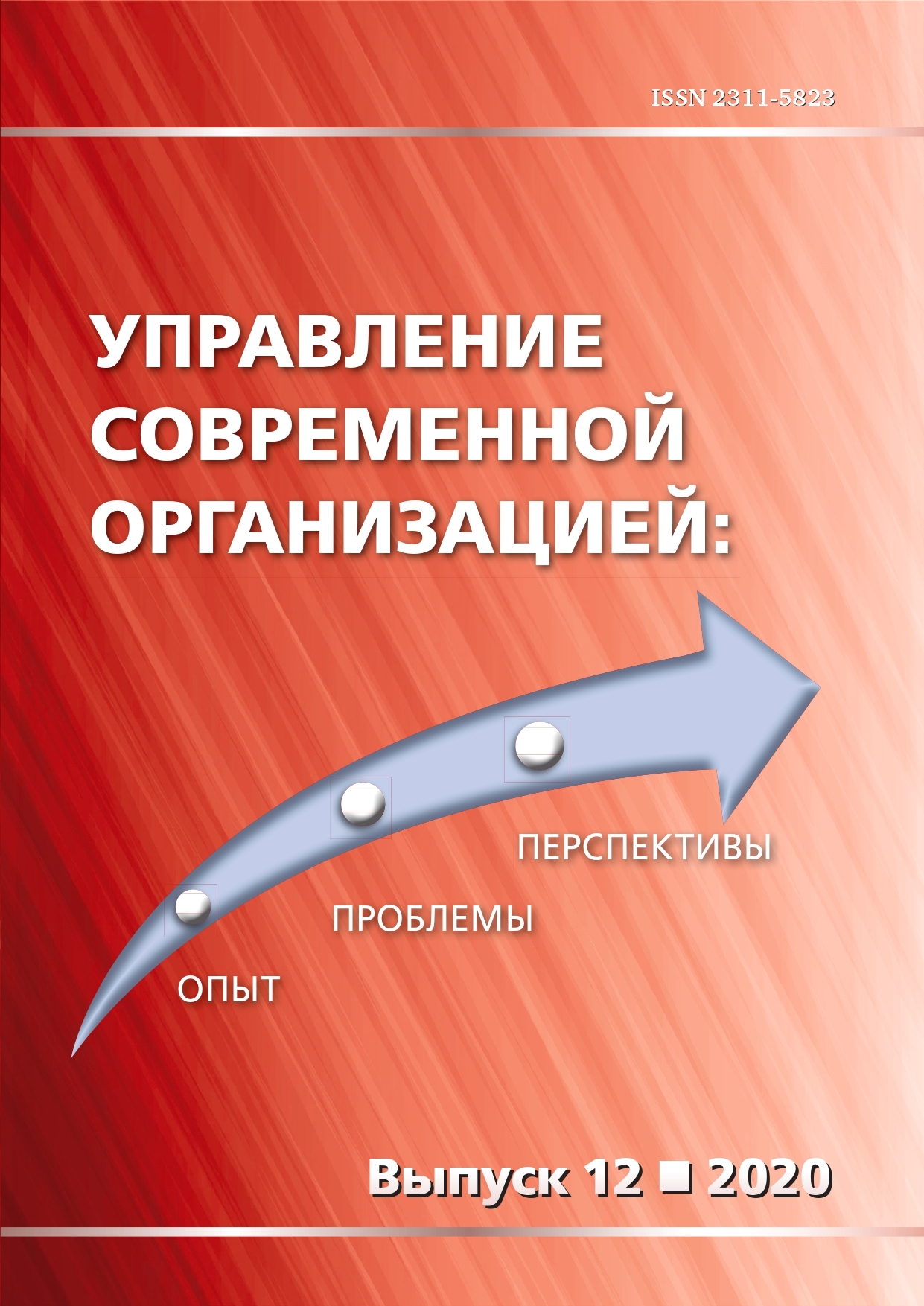DYNAMIC COSTS OF LOST OPPORTUNITIES AS A SOURCE OF LEADING RENTALS JEL: C13; D46; G31
Main Article Content
Abstract
In the modern world, dynamic effects are becoming the most important driver of efficiency and a strategicresource for the long-term development of socio-economic systems of different levels. In the article, on the basisof the concept of the dynamic costs of missed opportunities developed by the author and the hypothesis about therelativity of cost measurements of the heterogeneous economic space of transactions, the sources, mechanismsand forms of rent generation ahead of various genera and types are investigated. Key concepts and principlesare formulated, as well as economic and mathematical models are built, related to the dynamic costs of missedopportunities and the valuation of objects that generate advance rent in heterogeneous economic time and spaceof transactions. It is proposed to take into account and impute the dynamic costs of missed opportunities in thecost of transactions on the basis of comparing the potential and actually obtained dynamic effects, taking them intoaccount in a certain proportion with the advance rent. To assess the value of objects generating dynamic advancerent, it is recommended to use a modified method of discounting cash flows, which is due to the time limitationsof its extraction associated with the action of technological, market, institutional and other factors.
Article Details
How to Cite
References
retrospect. M.: Delo Ltd. (In Russian)].
Романов А. Н., Корлюгов Ю. Ю., Красильников С. А. (1995). Маркетинг. М.: Банки и биржи, ЮНИТИ. [Romanov,
A. N., Korlyugov, Yu.Yu., Krasilnikov, S. A. (1995). Marketing. M.: Banks and stock exchanges, UNITI. (In
Russian)].
Садченко К. В. (2007). Законы экономической эволюции. М.: Дело и сервис. [Sadchenko, K. V. (2007). Laws
of Economic Evolution. M.: Business and service. (In Russian)].
Самочкин В. Н. (1998). Гибкое развитие предприятия. Анализ и планирование. М.: Дело. [Samochkin, V. N.
(1998). Flexible enterprise development. Analysis and planning. M.: Delo. (In Russian)].
Самочкин В. Н., Барахов В. И., Кузнецов В. П. (2014). Гибкое развитие предприятия и корпорации. М.: Дело
и сервис. [Samochkin, V. N., Barakhov, V. I., Kuznetsov, V. P. (2014). Flexible development of an enterprise
and a corporation. M.: Business and service. (In Russian)].
Самочкин В. Н., Калюкин А. А., Захаров Р. А. (2000). Использование концепции жизненного цикла изде-
лий при оценке эффективности новой техники и прогрессивных технологий // Маркетинг в России
и за рубежом. № 4. С. 84–89. [Samochkin, V. N., Kalyukin, A. A., Zakharov, R. A. (2000). Using the concept
of the life cycle of products in assessing the effectiveness of new equipment and progressive technologies //
Marketing in Russia and Abroad. No. 4, pp. 84–89. (In Russian)].
Самсонов Р. А. (2006). Предложения по совершенствованию методики оценки эффективности инвестици-
онных проектов // Управление современной организацией: опыт, проблемы и перспективы. Вып. 2.
С. 125–136. [Samsonov, R. A. (2006). Proposals for improving the methodology for assessing the effectiveness
of investment projects // Management of a modern organization: experience, problems and prospects. Issue 2,
pp. 125–136. (In Russian)].
Самсонов Р. А. (2019). Проблемы стоимостных измерений неоднородного экономического пространства
трансакций. Барнаул: Изд-во Алт. ун-та. [Samsonov, R. A. (2019). Problems of cost measurement of the
heterogeneous economic space of transactions. Barnaul: Publishing house Alt. University. (In Russian)].
Фатхутдинов, Р. А. (1999) Стратегический менеджмент. М.: Бизнес-школа «Интел-Синтез». 416 с. [Fatkhutdinov,
R. A. (1999) Strategic Management. M.: Business School Intel-Sintez. (In Russian)].
